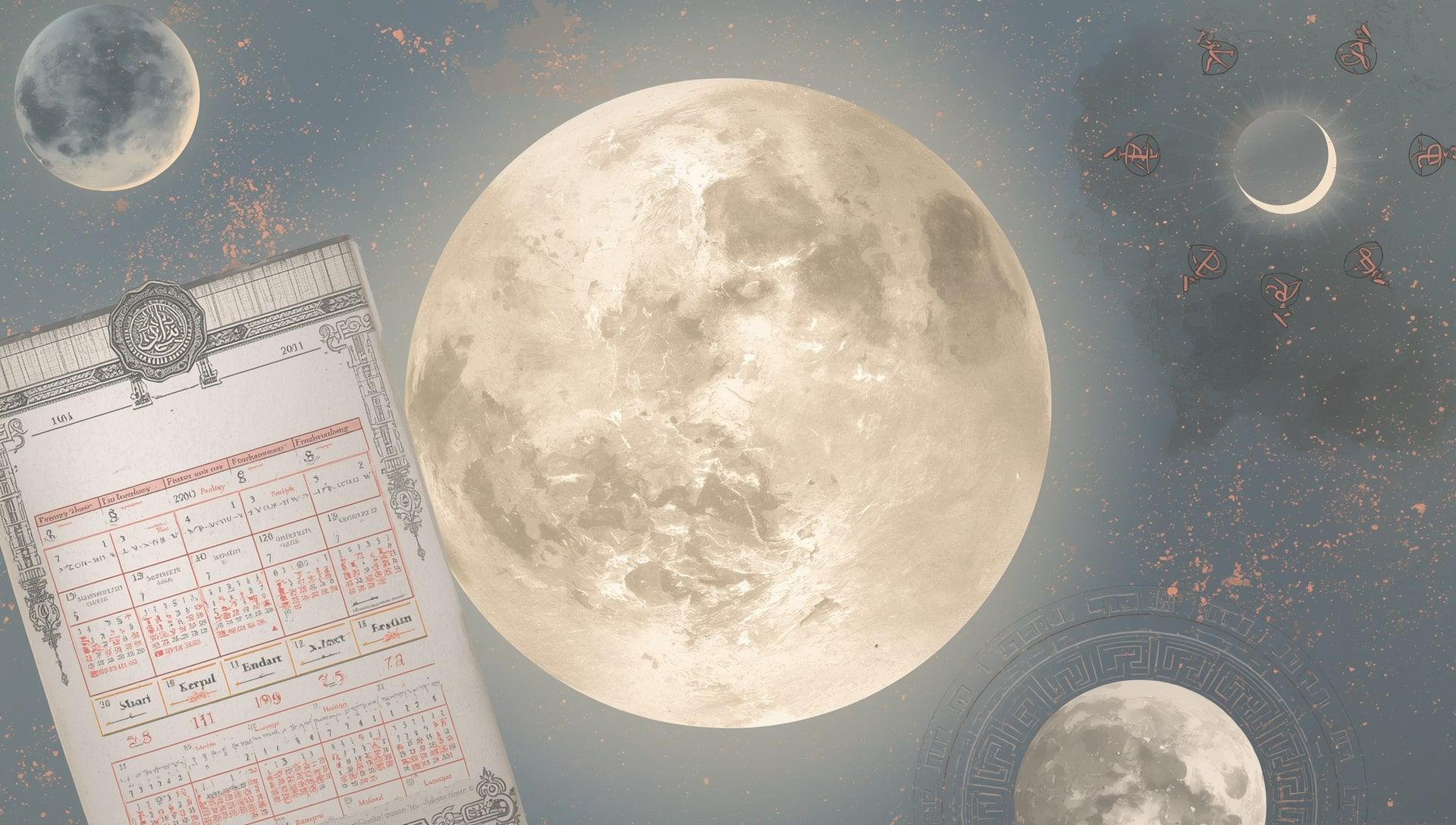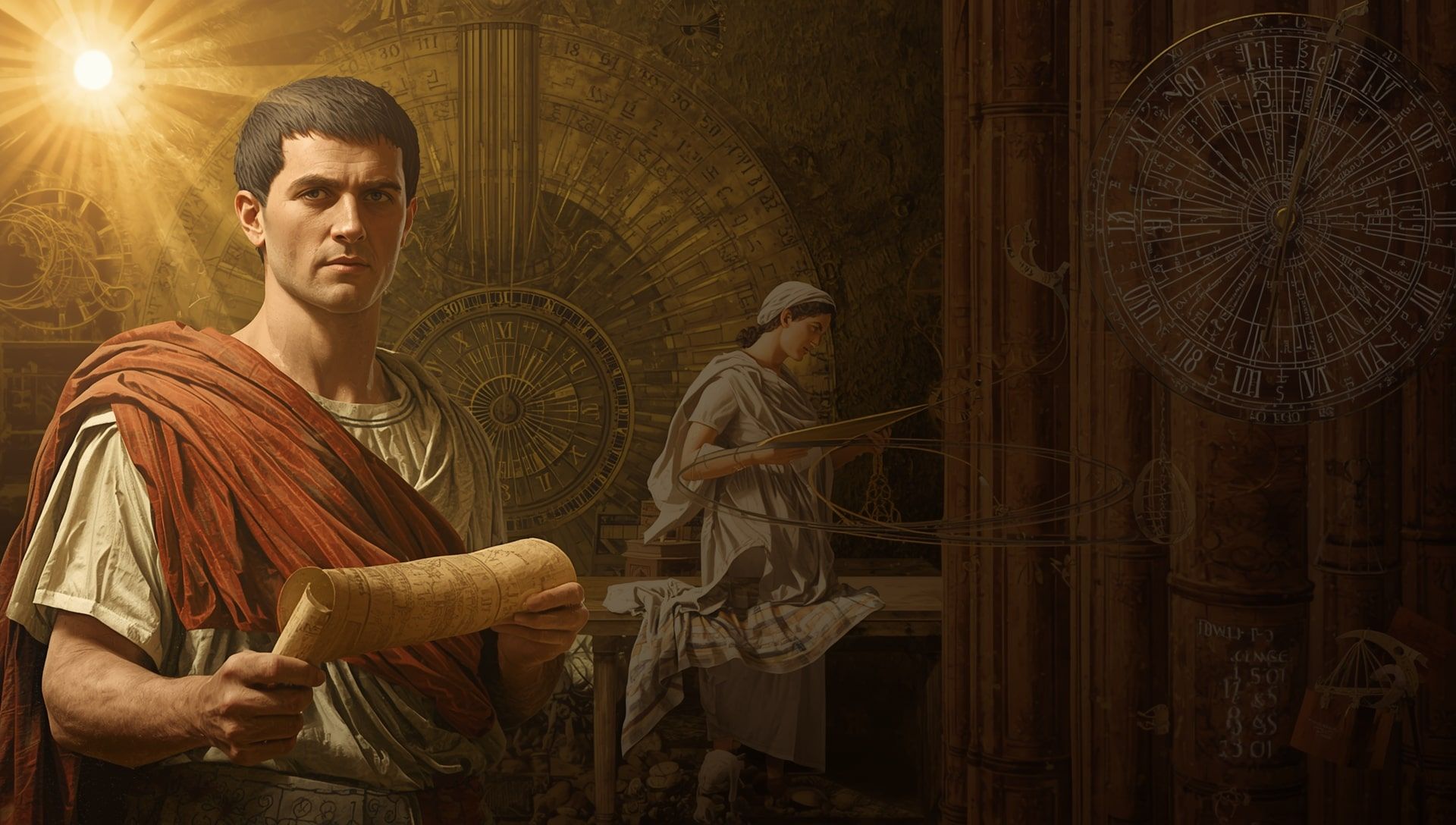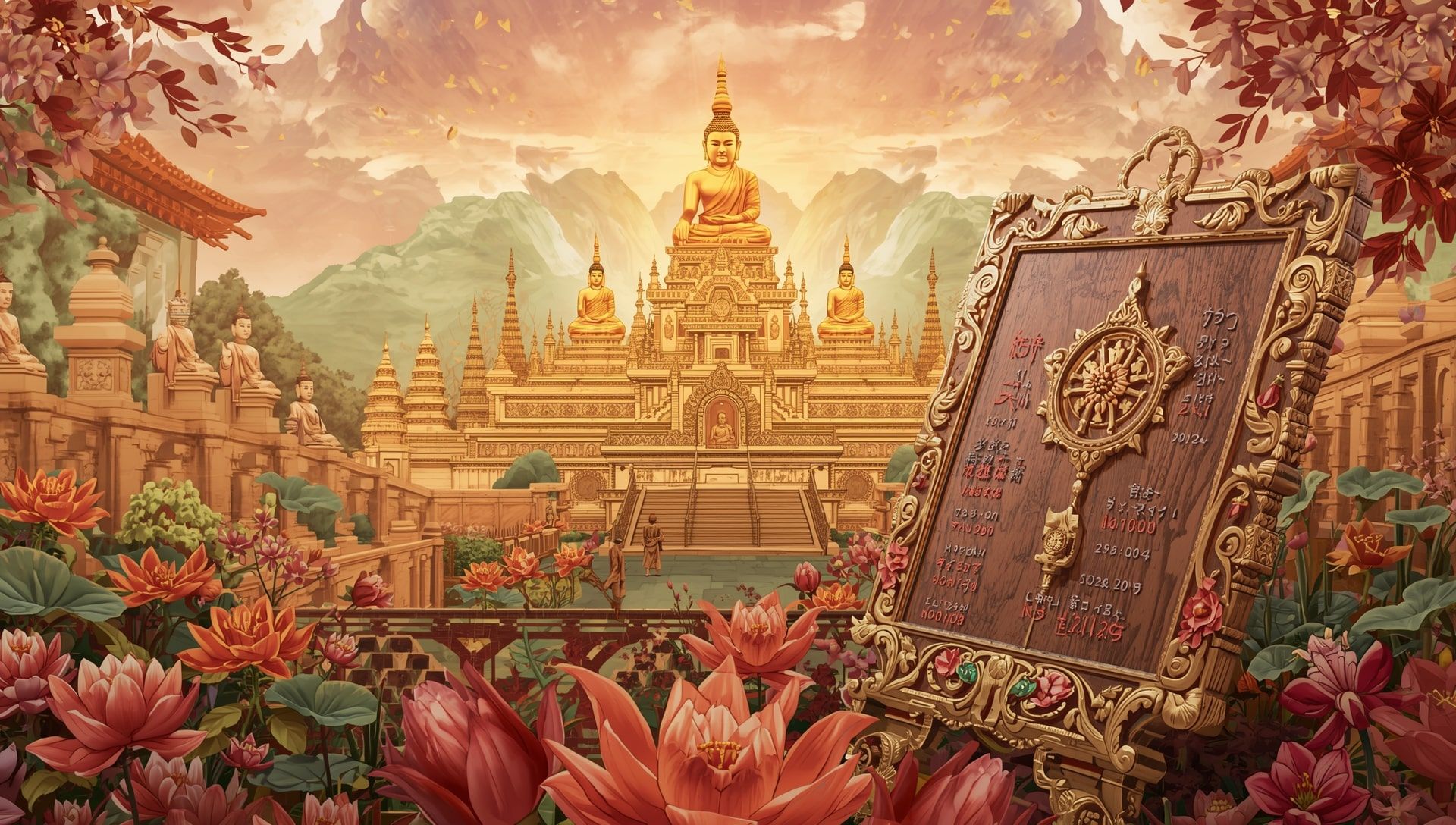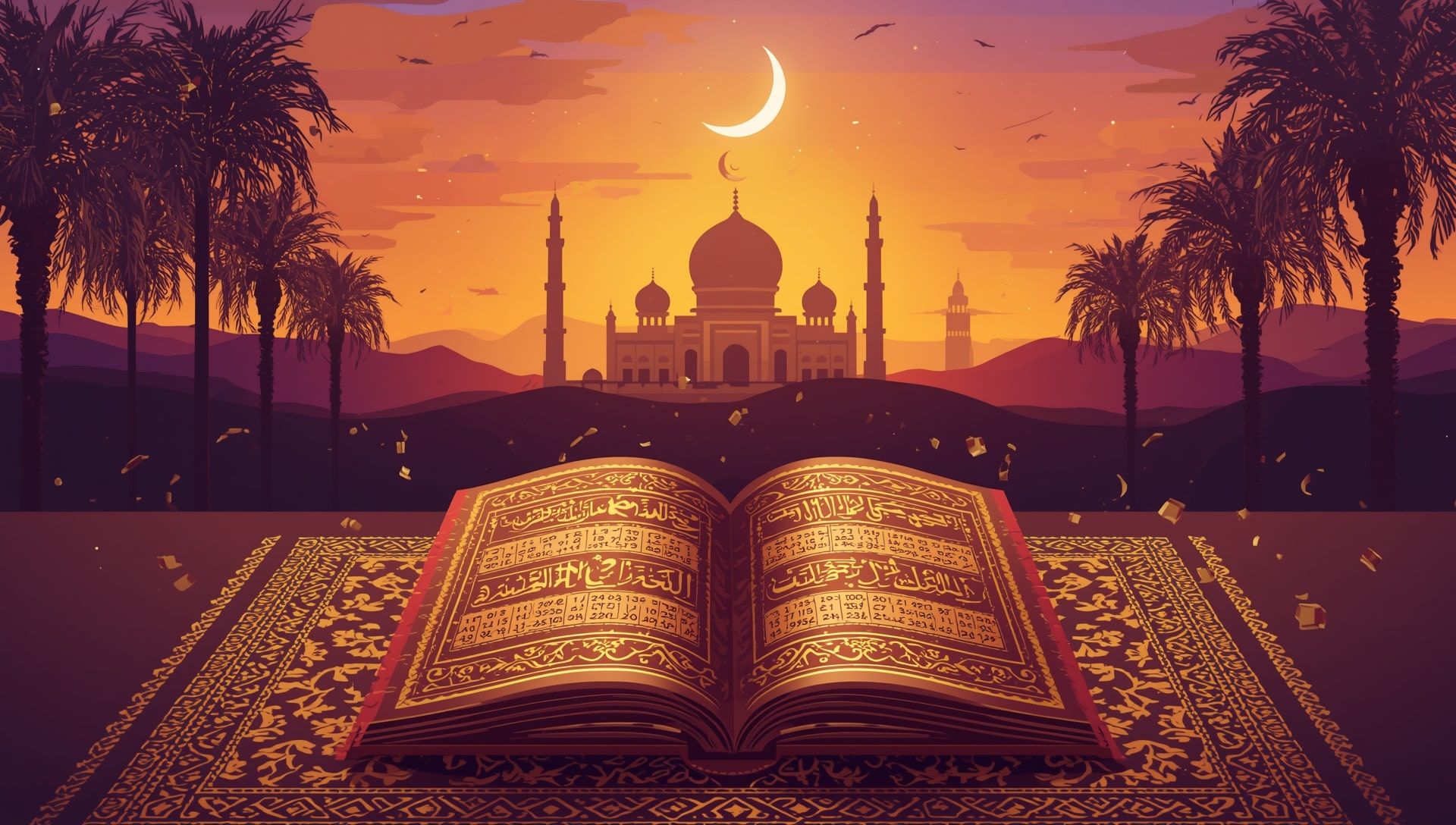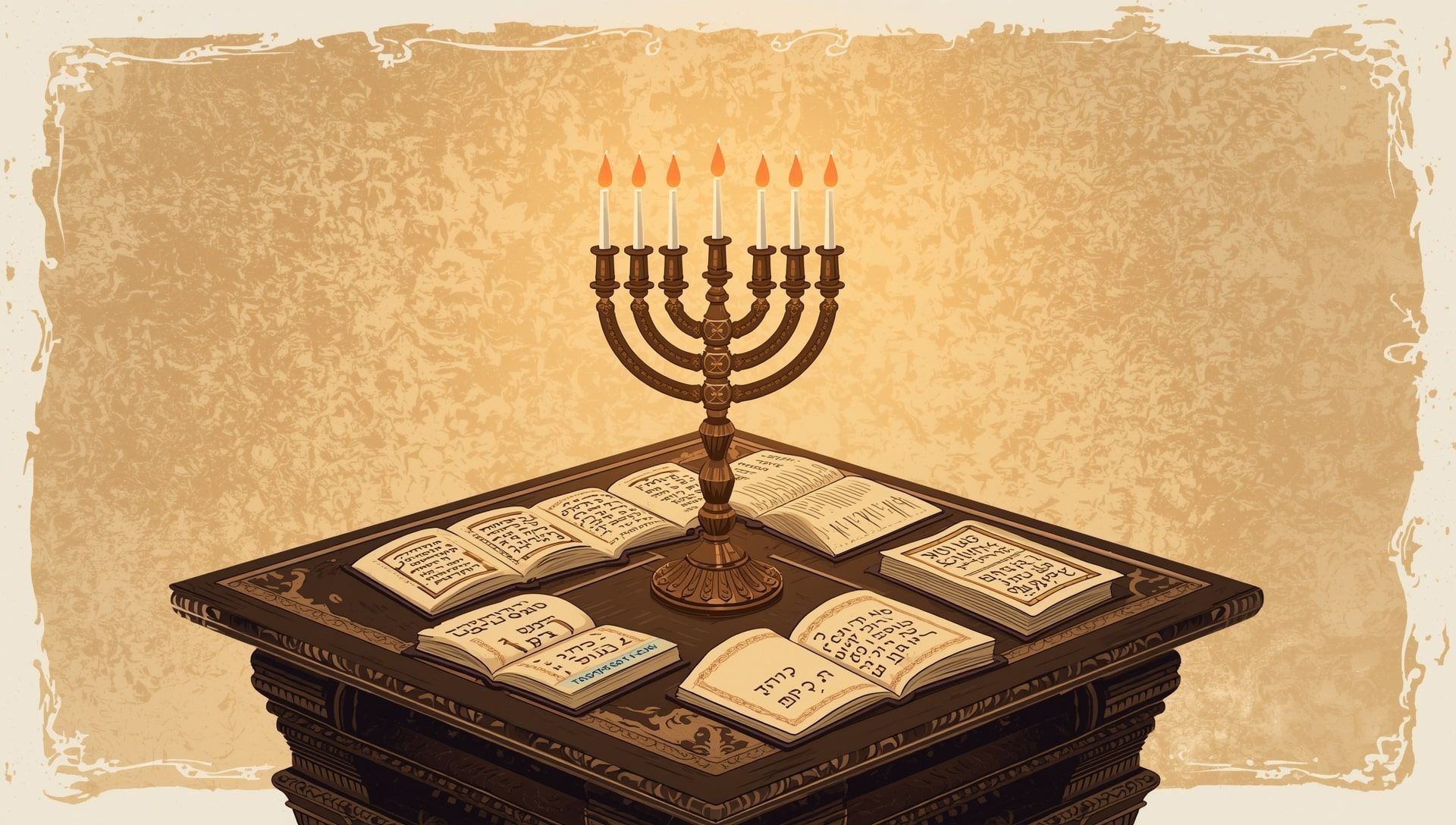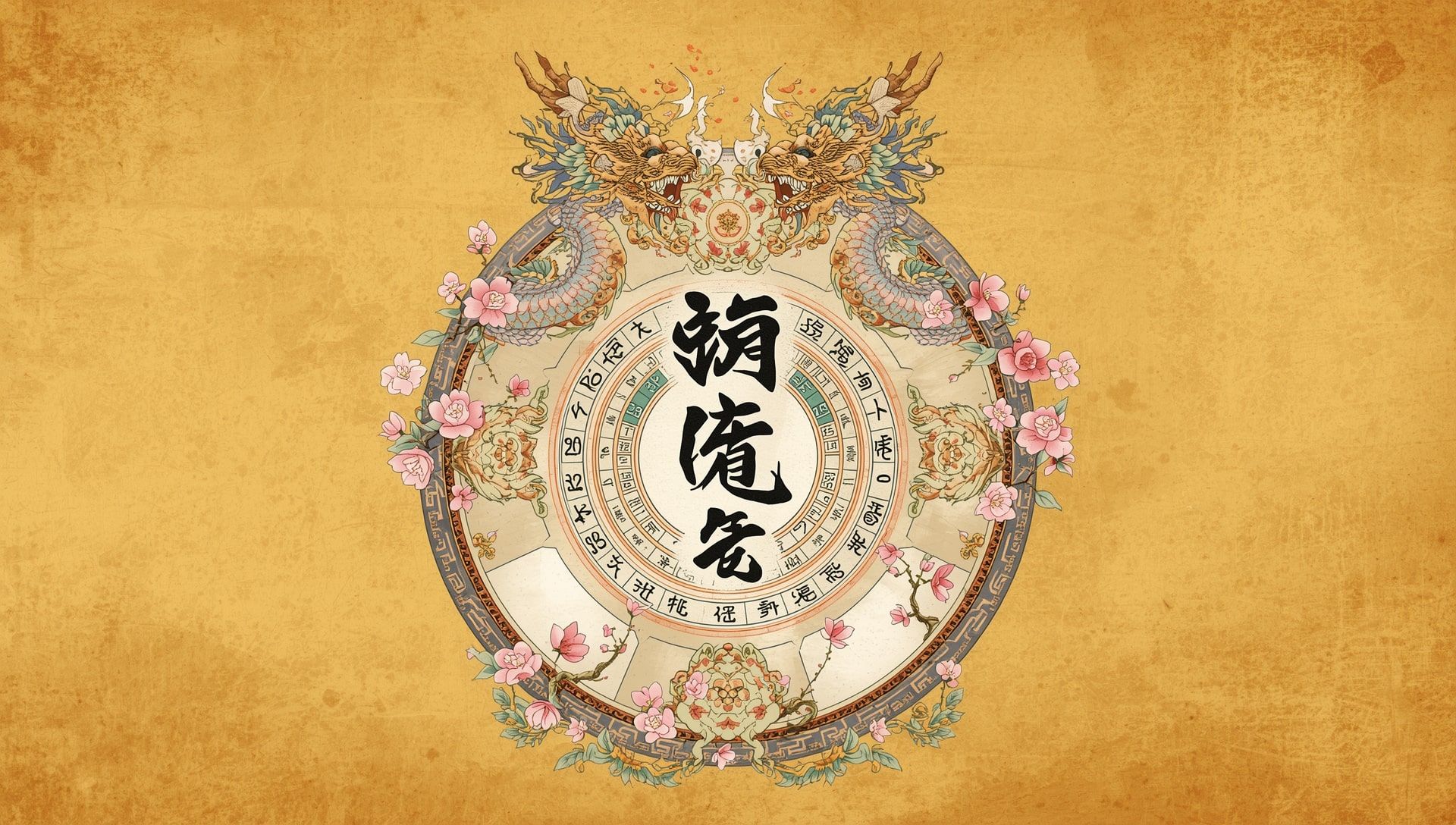- Lunar calendars measure time using the Moon’s cycles, not the Sun’s position.
- A lunar month lasts about 29.5 days, creating a year shorter than a solar one.
- Lunisolar calendars add extra months to stay in sync with the seasons.
- Different cultures, including Islamic, Chinese, and Hebrew traditions, still rely on lunar or lunisolar systems today.
Most people live by the solar calendar, the system that measures time through Earth’s orbit around the Sun. Yet across history and even today, many cultures follow the rhythm of the Moon instead. Lunar calendars tell time through the waxing and waning of the Moon, creating months that follow its natural cycle. While elegant and ancient, this approach makes a lunar year shorter than a solar one, leading to fascinating adjustments that reveal how humans have balanced cosmic patterns for millennia. You can also explore how the Gregorian system became the world’s standard for solar timekeeping.
The Two Ways of Measuring a Year
Time can be measured in two major ways. A solar year is based on how long it takes Earth to orbit the Sun once, about 365.24 days. A lunar year follows twelve complete cycles of the Moon, with each month lasting about 29.5 days. That adds up to around 354 days—about 11 days shorter than a solar year. This small gap creates major differences in how calendars align with seasons and festivals. Such differences often affect business and civil day counting systems as well.
In solar calendars, the goal is to keep months and seasons steady. Summer always arrives around June, winter around December. In pure lunar systems, months drift through the seasons because the Moon’s rhythm doesn’t match the Sun’s. Some cultures accept this drift as natural, while others use clever adjustments to keep lunar months linked with solar seasons, similar to the concept discussed in why leap years happen.
The lunar year is about 11 days shorter than the solar year. After three years, lunar dates are about one month earlier compared to the solar calendar.
How the Lunar Calendar Works
The Moon takes roughly 29.5 days to complete one full cycle, from new moon to full and back. Lunar calendars divide time into months based on this rhythm. Each new month begins when the thin crescent of the new moon first becomes visible in the sky. This pattern creates months of 29 or 30 days alternating throughout the year, which is also the basis of how calendar weeks are structured in lunar-based systems.
Twelve lunar months total about 354 days, so lunar calendars move backward through the solar year. After a few years, the same lunar month will fall in a different season. For example, a lunar new year that once occurred in spring might happen in winter a decade later.
Pure Lunar Calendars
The best known example of a pure lunar calendar is the Islamic or Hijri calendar. It follows only the Moon’s phases and makes no attempt to align with the Sun. Each year contains 12 lunar months of 29 or 30 days. Because the lunar year is shorter, Islamic months shift through all four seasons over a 33-year cycle. This is one of the reasons time reckoning differs across various countries and cultures.
- Example: The month of Ramadan moves backward about 11 days each solar year. Over decades, it travels through every season, appearing sometimes in winter, other times in summer.
This design reflects a worldview centered on celestial observation and spiritual rhythm rather than agricultural or seasonal cycles. For Muslims, the Moon’s cycle determines holy days like Ramadan, Eid al-Fitr, and Eid al-Adha.
Lunisolar Calendars: Bridging the Moon and the Sun
Some cultures wanted to follow both the Moon and the Sun. The result is the lunisolar calendar, which blends lunar months with solar correction. These systems insert an extra month roughly every two or three years to keep the lunar cycle aligned with the solar year and the seasons. These adjustments parallel the patterns found in other calendar systems across history.
Two of the most well-known lunisolar calendars are the Chinese calendar and the Hebrew calendar.
The Chinese Calendar
The Chinese calendar is one of the oldest lunisolar systems still in use. It organizes time by lunar months but ensures that the Chinese New Year stays near the beginning of spring. Each year has 12 or 13 months, with an extra “leap month” added seven times every 19 years. This correction, known as the Metonic cycle, keeps the lunar year roughly aligned with the solar seasons. Each year also corresponds to an animal sign from the Chinese zodiac cycle, adding symbolic meaning to the passage of time.
Months begin with the new moon, and traditional festivals such as the Mid-Autumn Festival and the Lantern Festival are timed by lunar phases. The calendar also assigns an animal sign and an element to each year, creating the famous 12-year zodiac cycle.
The Hebrew Calendar
The Hebrew calendar also follows the lunisolar model. It uses months of 29 or 30 days, beginning with the new moon. To stay aligned with the solar year, it adds a 13th month seven times in a 19-year cycle. This keeps major Jewish holidays in their proper seasons - Passover in spring, Rosh Hashanah in autumn. The concept of keeping seasonal observances tied to the year mirrors ideas behind liturgical calendar seasons.
Like the Chinese system, the Hebrew calendar maintains harmony between lunar observation and solar consistency, blending the spiritual symbolism of the Moon with the practical needs of the agricultural year.
Lunisolar calendars often rely on complex astronomical calculations. Ancient astronomers used both observation and math to predict when the extra month should appear. These methods would later influence how modern calendars evolved into precise instruments of global coordination.
Solar Calendars and Their Purpose
In contrast, solar calendars, such as the Gregorian calendar used worldwide, follow the Sun’s path. Each year represents Earth’s orbit around the Sun. Months have fixed lengths, and leap years correct the small extra fraction of a day to maintain alignment with the seasons.
Solar calendars are especially useful for agriculture, navigation, and civil administration because they keep consistent seasonal markers. Planting, harvesting, and school schedules all depend on the Sun’s pattern. The Gregorian calendar’s precision and simplicity made it dominant for global trade and communication. You can read more about how calendar years differ from fiscal years in practical use.
Comparing Lunar, Lunisolar, and Solar Calendars
| Type | Based On | Year Length | Examples |
|---|---|---|---|
| Lunar | Moon phases | 354 days | Islamic (Hijri) |
| Lunisolar | Moon and Sun | 354–384 days (with leap months) | Chinese, Hebrew |
| Solar | Earth’s orbit around the Sun | 365.24 days | Gregorian, Persian, Julian |
Each system has its strengths. Lunar calendars capture the visual rhythm of the night sky. Lunisolar calendars balance spiritual cycles with practical seasons. Solar calendars ensure uniformity across the world. Together, they reflect the diversity of human understanding of time and its measurement, as seen in how perpetual calendars attempt to harmonize these concepts.
Why Lunar Calendars Feel Different
Lunar time feels more organic. You can watch it unfold above you. Each night’s Moon reveals where you are in the cycle. Ancient people relied on this visible pattern to plan rituals, farming, and navigation long before modern clocks or observatories existed.
The solar calendar, by contrast, is more abstract. You can’t see Earth’s orbit, but you can feel the seasons change. The shift from lunar to solar time marked humanity’s move from observation to calculation, from watching the sky to measuring it precisely - A change explored further when you plan your week by structured time blocks.
- The Moon completes 12.37 cycles in one solar year.
- Lunisolar calendars repeat a 19-year cycle with seven leap months added.
- The Islamic calendar shifts backward by about 11 days each solar year.
- The Chinese and Hebrew calendars realign with the solar year every 19 years.
The Cultural Meaning of Lunar Calendars
Beyond mathematics, lunar calendars carry deep cultural and spiritual meaning. The Moon’s visible changes symbolize renewal, growth, and reflection. Many ancient societies linked the Moon to fertility, femininity, and natural cycles. Its phases guided festivals, rituals, and storytelling. These rhythms often influenced academic and social calendars in later civilizations.
For example, the Chinese New Year celebrates renewal under the new moon, while the Jewish Rosh Chodesh marks the beginning of each month as a time of reflection. Even in societies that use the solar calendar today, the Moon still influences religious and cultural events. Easter, for instance, is calculated based on the full moon following the spring equinox.
The Challenge of Merging Systems
Coordinating lunar and solar systems can be complex. International communication and digital technology rely on the fixed structure of the Gregorian calendar, but lunar traditions still guide millions of people. The result is a beautiful coexistence of science and tradition. Computers may count time by seconds, but human hearts still follow the glow of the Moon; a duality not unlike managing modern calendar tools that serve both efficiency and tradition.
Many cultures now use both systems in parallel. For example, China observes both the solar New Year on January 1 and the Lunar New Year a few weeks later. The Islamic world uses the Hijri calendar for religious observances and the Gregorian calendar for business and government.
The Harmony of Two Rhythms
Lunar and solar calendars may differ in design, but both serve the same purpose, to connect human life with the movement of the heavens. One follows the bright path of the Sun, the other the gentle pull of the Moon. Together they remind us that time is not just a measurement but a relationship between Earth and sky. Understanding both helps when using tools like a world clock or comparing different time zones across regions.
Next time you glance at the Moon or flip a calendar page, remember that both represent humanity’s effort to understand the same truth, that time flows in cycles, guided by light from above.
